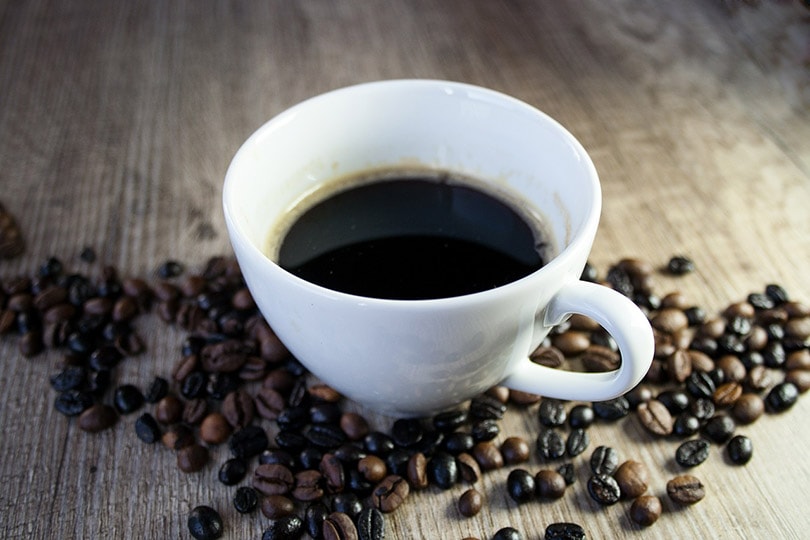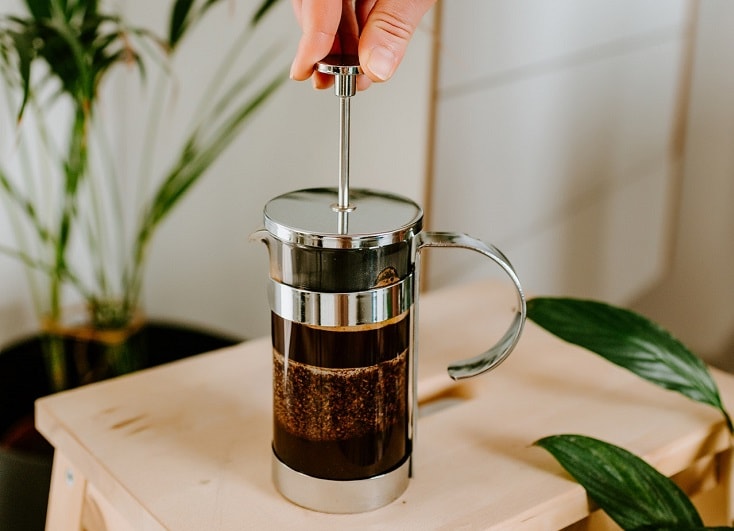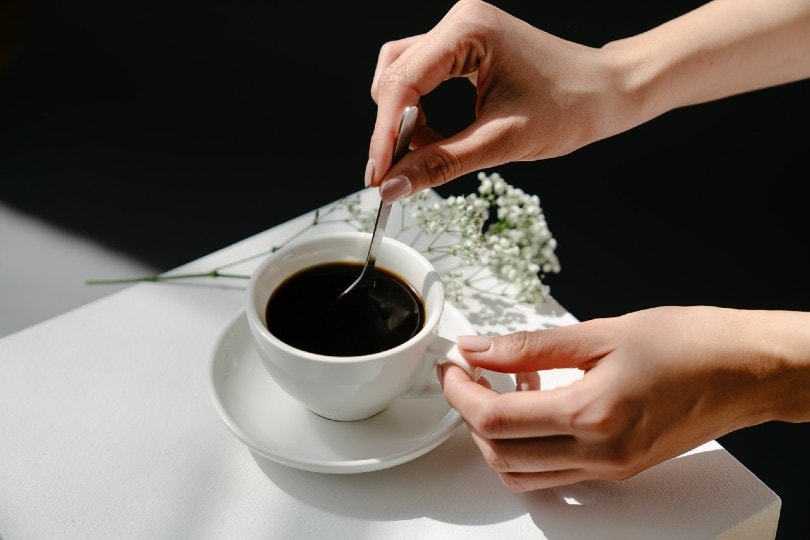
True coffee drinkers know what brew is in their cup each morning. Whether you are a fan of dark roast, earthy flavors, or perhaps a morning espresso, the key to any cup of coffee is flavor. Over the years, beans from around the world have taken turns in popularity. This is especially true when you look at the history of Ecuadorian coffee.
During the early coffee boom, Ecuadorian coffee was on the lips of many coffee lovers. Like with any product, however, this coffee has had its ups and downs. With coffee enthusiasts once again enjoying a great cup of coffee made from Ecuadorian beans, it’s time to take a look at this coffee’s history, some of the flavors it offers, and of course, brewing tips to help you enjoy it. Read on below to uncover more about Ecuadorian coffee and decide if you want it as part of your next cup of joe.

A Look at Ecuadorian Coffee History
In the early parts of the 19th century, coffee made its way to Ecuador. Due to the country’s amazing biological diversity, many felt this would be the perfect area to plant and harvest coffee beans. Ecuador’s Arabica coffee is produced mainly in the foothills of the Andes Mountains and the hills of the Manabi Province. The country’s Robusta coffee beans, used mostly for instant coffees, are grown in the Northern regions where conditions are more suitable.
Coffee was a huge export for Ecuador over the years. Up until the 1970s, the beans produced locally were quite sought after. This allowed many of the small local farms to profit from their hard work by using their land to grow beans. Unfortunately, things didn’t stay so prosperous.
In the 1980s, land cultivation around Ecuador began to suffer. Due to the low prices being offered for coffee beans, many fields went unharvested, and local farmers were losing money. With prices so low, it became difficult for harvesting to happen on time when farmers couldn’t pay for the assistance they needed. Issues also arose in shipping methods. Many beans were left sitting in containers longer than they should have, which tainted the products before they could reach consumers.
With all the issues local farmers faced, Ecuador’s coffee trade quickly plummeted. Fear of quality issues made people avoid buying Ecuadorian beans, which led many coffee farms to stop production altogether. Once a strong part of the world’s coffee trade, Ecuador’s coffees now account for less than 1% of the coffee produced around the world.

Changes on the Horizon
While things seemed bad for Ecuadorian coffee farmers and producers for several years, changes are on the horizon. A renewed sense of pride has taken over farmers who still want to produce a great coffee bean. Backed by the demand today’s coffee lovers have for quality beans in their cups, Ecuadorian farmers are rethinking their process.
Originally, Ecuador’s coffee farmers simply raised the beans and exported them for processing and roasting. Due to the high demand for diverse flavors and quality beans, investments have been made in Ecuador to teach local farmers production methods. This allows them to completely control their product from planting, harvesting, and production. Farmers in the country still struggling to make a living with their coffee farms hope this will turn things around and bring life back to a once booming livelihood.
The Flavors of Ecuador
One of the best aspects of Ecuadorian coffee is its great range of aromas and flavors. Many of the local farmers raise other crops alongside their coffee beans, which changes the flavor of the coffee. With Ecuador being famous for its cacao, mangos, bananas, sugarcane, avocados, and several tropical fruits, it isn’t unusual for their coffee beans to infuse interesting flavors. This is due to farmers using these other, more popular, plants for the shade they can offer their coffee plants.
For those who love a coffee with low acidity and fresh, fruity flavors then Ecuadorian coffee may be your go-to blend. The beans produced in Ecuador can offer those who prefer a sweeter coffee the flavors they hope for in their morning cup. With the rise in demand for beans from areas like the Galapagos, you may even find more Ecuadorian coffee being featured in your favorite shops and stores again.

Tips for the Perfect Cup
As we mentioned, Ecuadorian coffee offers a sweet, fruity flavor with earthy blends. If this is your go-to coffee blend, brewing the perfect cup is important. Let’s take a look at a few things you should keep in mind when making a great cup of joe at home.
Storage
Exposure to light and air will degrade your coffee. It is best to keep your blend in a cool, dark place that is dry. Air-tight containers are great for freshness but avoid storing in the fridge or freezer. The temps inside are not good for your whole bean or ground coffee. Coffee also acts as a natural deodorizer and may end up absorbing the odors inside your fridge which may change the flavor and aroma altogether.
Brewing Methods
There are many methods for brewing coffee. Whether you use an automatic drip, French press, or cold brew, it is possible to craft a great cup of coffee without tons of effort. Luckily, Ecuadorian coffee is great no matter how you drink it. A nice espresso or a cup from your Keurig will tickle your taste buds if all instructions for the particular machine you use are followed.

Grinding Coffee
If you prefer grinding your coffee, you may have a method you prefer. In hopes of keeping your flavor and aroma intact, the conical grinder is often the best choice. A blade grinder produces heat and may leave you re-roasting your coffee which changes the flavor.
When starting the grinding process, you should know the type of grinds best suited for your particular coffee maker. The perfect grind shouldn’t be too coarse or too fine. A coarse grind will allow water to pass through the coffee too quickly while a grind that is too fine will cause your coffee to taste bitter.
Always keep in mind, when grinding coffee at home, to only grind what you plan to use. If you grind too much, the excess will lose its flavor and aroma. This process happens quickly once the beans have been changed and should be avoided if at all possible.

Final Thoughts
As coffee lovers, we are always on the lookout for a great-tasting brew. Ecuadorian coffee can offer our taste buds what they’ve been craving. If you’re a fan of Ecuadorian beans or find yourself curious about the flavors this blend offers, what are you waiting for? Whether you try it at home or visit a coffee shop that offers this amazing blend of coffee, you owe it to yourself to give Ecuadorian coffee a chance.
You may also be interested in: Dominican Republic Coffee: Flavors, History, and Brewing Tips
Featured Image Credit: Per Bengtsson, Shutterstock















